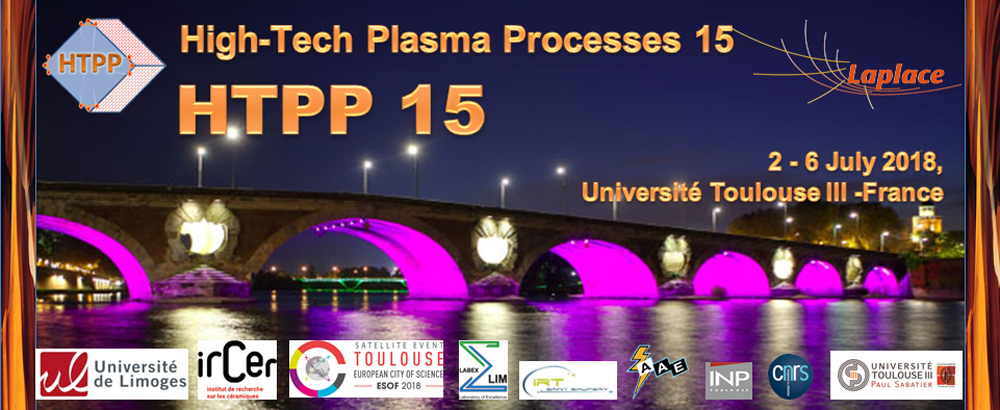Very Low Pressure Plasma Spraying (VLPPS) was developed on the basis of conventional Low-Pressure Plasma Spraying processes (LPPS, often termed as vacuum plasma spraying, VPS) operating at 5-20kPa. LPPS is mainly used to avoid the oxidation of the substrate and processed powder during the deposition process, or to spray very specific metals like beryllium. Typical operating conditions for VLPPS involve a lower chamber pressure ranging from 50 to 200 Pa and higher arc current up to 3 kA with a power level up to 150 kW and more. As long as the coating deposition is dominated by the liquid phase, thin and dense coatings can be manufactured, for example for gas separation membranes or electrolyte functional layers. However, if appropriate operating parameters and powders are selected, the feedstock material can be evaporated so that coatings are made out of the vapor phase. In this case, the process is termed Plasma Spray-Physical Vapor Deposition (PS-PVD) and makes it possible to manufacture columnar, strain-tolerant microstructures for thermal barrier coatings.
Under these conditions, the high-enthalpy plasma jet expands to a length of 1 to 2 m with a diameter of 0.2 to 0.4 m. The flow velocities are initially supersonic leading to the formation of typical series of expansion and compression cells. Moreover, high Knudsen numbers indicate the breakdown of continuum conditions in such rarefied flows. These peculiar plasma flow characteristics are challenging for modelling VLPPS. However, this is essential to better understand and optimize the process.
In this work, two numerical simulation models of the VLPPS process were developed: a continuum Computational Fluid Dynamic simulation (CFD) approach and a discrete molecular one (Direct Simulation Monte Carlo, DSMC). Two different plasma gas compositions (Ar and Ar+H2) were considered. To experimentally validate the model approaches, Optical Emission Spectroscopy (OES) was performed. Based on peak broadening analyses, electron densities as well as the temperatures of electrons and heavy species were determined in cross-sections of the plasma jet at 500 and 800 mm downstream the nozzle exit. Specific difficulties of separating the different broadening mechanisms are discussed.
The results are compared and discussed. In particular, the importance of considering the effects of the continuum breakdown is examined. Furthermore, images of the expanding plasma jet were taken, and the visible radiation intensity distributions were compared to the shock distribution shown by predicted temperature fields.

 PDF version
PDF version
